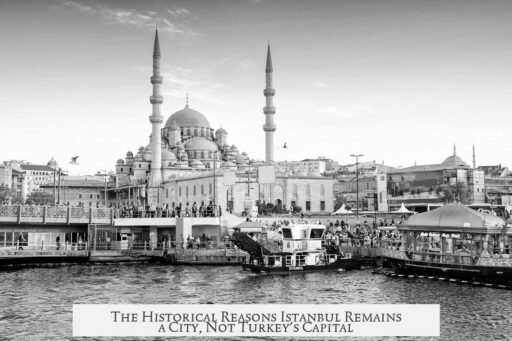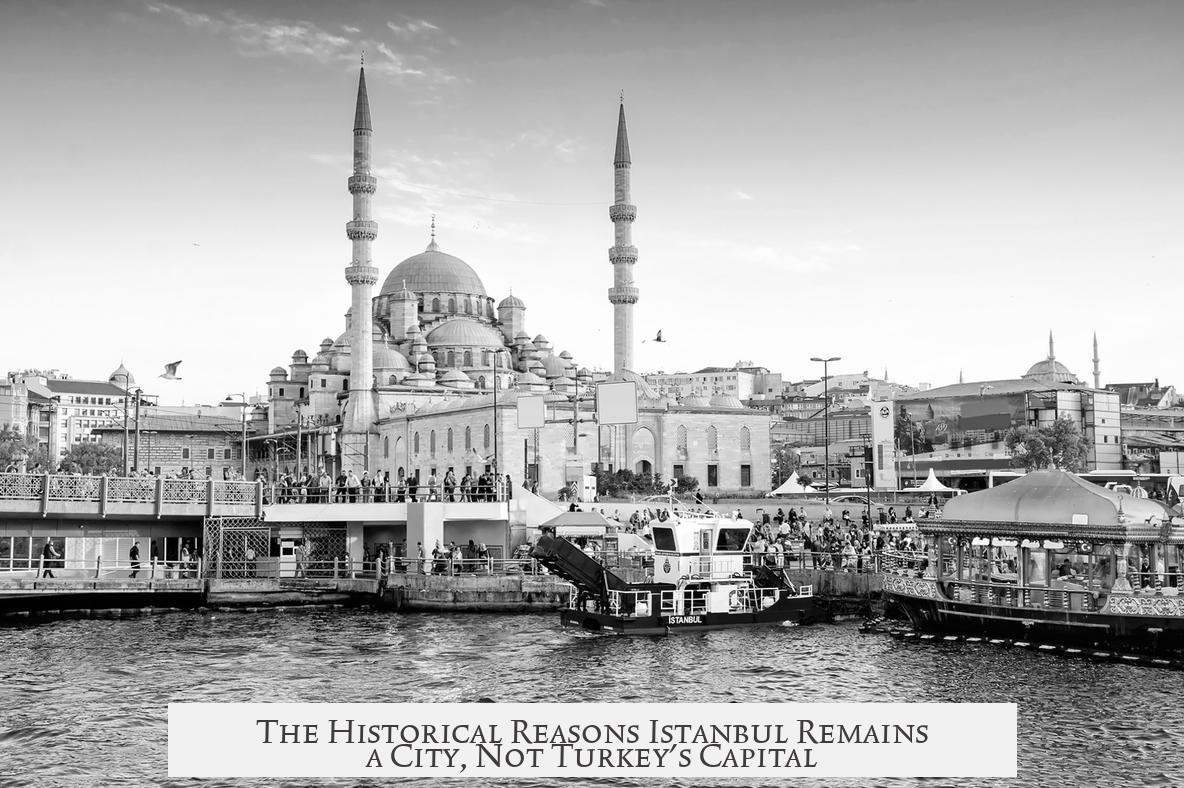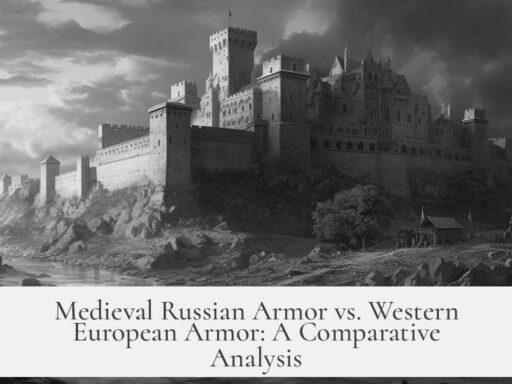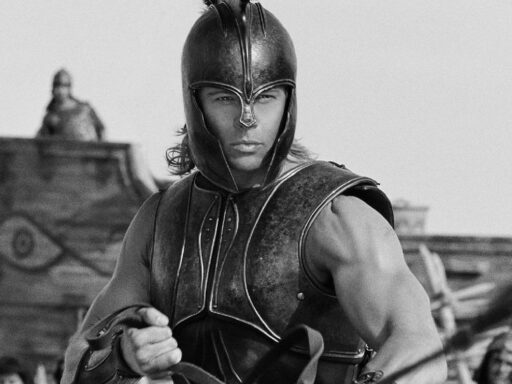Istanbul is not the capital of Turkey because of historical, geopolitical, and symbolic reasons tied to the country’s transformation from the Ottoman Empire into the modern Republic of Turkey.
The Ottoman Empire had its capital in Istanbul (originally called Constantinople until it was officially renamed in the 1920s). After World War I, the empire was defeated and partitioned by European powers who sought to diminish its influence. Mustafa Kemal Atatürk emerged as a key figure in resisting this dismemberment. His goal was to build a new, sovereign Turkish state free from foreign control.
The Treaty of Sèvres in 1920 divided Ottoman lands, granting large parts of western Anatolia to Greece and carving up control of Istanbul and nearby waterways. Istanbul, along with the Bosphorus and Dardanelles Straits, were to be international zones, thus limiting Turkish authority there. The treaty aimed to prevent the empire from regaining power and protected British and French interests in the Middle East.
- Turkish territories awarded to Greece and Armenia
- Istanbul and key waterways under international control
- Middle Eastern lands divided among Western powers
- Italian expansion into Aegean territories
Atatürk initially led the nationalist movement from Erzurum and then chose Ankara as the central base. Ankara was located well within Turkish-controlled territory and offered safety for the new parliament. Istanbul was occupied by British and Italian forces until 1923, making it risky to seat the government there. Moving the capital to Istanbul could have exposed Turkey to attacks or political interference from occupying powers or even the Greeks, who sought to take the city.
While the Ottoman government still existed in Istanbul and signed the Treaty of Sèvres, it lost legitimacy after Turkish forces defeated the Greeks in 1922. The Grand National Assembly in Ankara became the recognized authority. The subsequent Treaty of Lausanne in 1923 nullified the harsh terms of Sèvres, ended Istanbul’s occupation, and marked the foundation of the Republic of Turkey.
Despite regaining control of Istanbul, the new Turkish leadership kept Ankara as the capital for several reasons:
- Geographical centrality: Ankara is centrally located within Anatolia, which served to unite Turkey’s diverse regions and allowed easier governance.
- Population decline: Istanbul’s population dropped significantly after the war and occupation, falling to around 500,000 by 1924 from over a million in earlier decades.
- Symbolic break from the Ottoman past: Istanbul embodied the Ottoman Empire and its imperial legacy. Ankara symbolized the new Turkish Republic, founded on republicanism, secularism, and nationalism.
The Turkish government saw no practical or ideological need to move the capital back to Istanbul. Ankara represented a fresh start and a safer, more politically stable location during uncertain times. Istanbul’s history tied heavily to the old regime and foreign interference, making it less suitable as the heart of a modern nation-state.
This decision shaping Turkey’s political geography continues to this day. Istanbul remains the country’s largest city, economic hub, and cultural center but Ankara holds the government institutions and diplomatic missions as the capital.
- Istanbul was Ottoman capital; Ankara chosen during Turkish War of Independence.
- Treaty of Sèvres divided Ottoman lands; Istanbul occupied internationally.
- Ankara is centrally located and safer for Turkey’s new government during occupation.
- Symbolic break from Ottoman past favors Ankara as Republic’s capital.
- Istanbul’s population dropped post-WWI, reducing its political significance.
Why Isn’t Istanbul the Capital of Turkey?
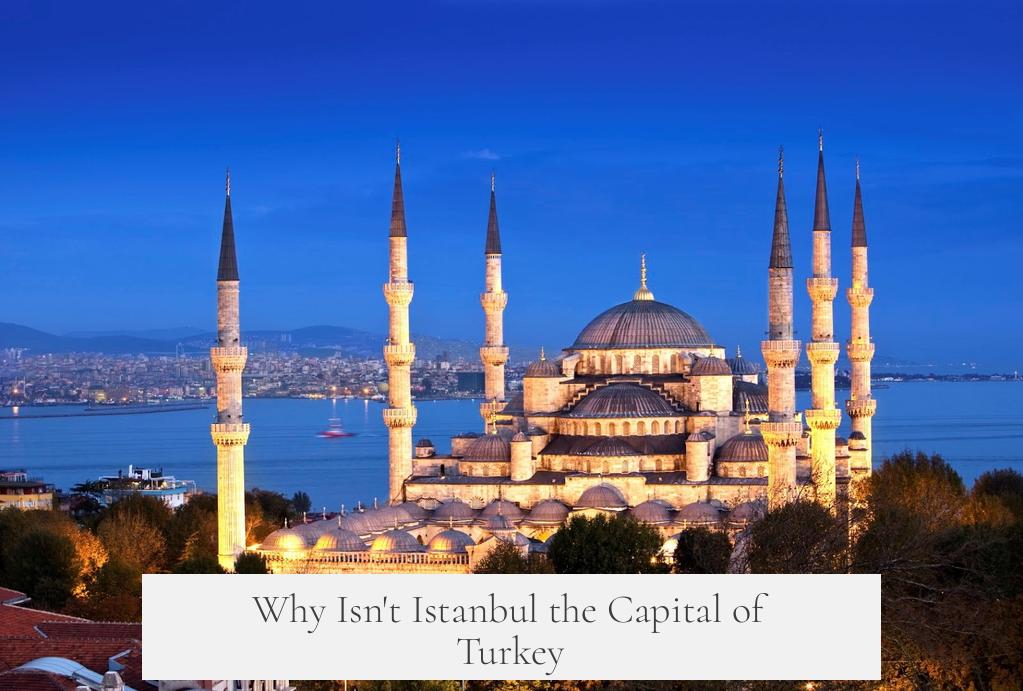
The short answer is this: Istanbul isn’t the capital of Turkey because, after World War I, Atatürk strategically chose Ankara for its safety, central location, and symbolic value. Istanbul, once the crown jewel of the Ottoman Empire, lost its capital status during a time of political upheaval and shifting power dynamics. But let’s dive deeper, shall we?
Think of Istanbul as the grand, historic superstar with a royal legacy—it was Constantinople, the capital of the Byzantine Empire, then later renamed Istanbul when the Ottomans took over. The Ottoman Empire long held its capital there, basking in the glory of its strategic position on the Bosphorus Strait. But when World War I ended, everything changed. The empire was defeated, and the world tried to redraw the map.
Ottoman Decline and the Treaty of Sevres
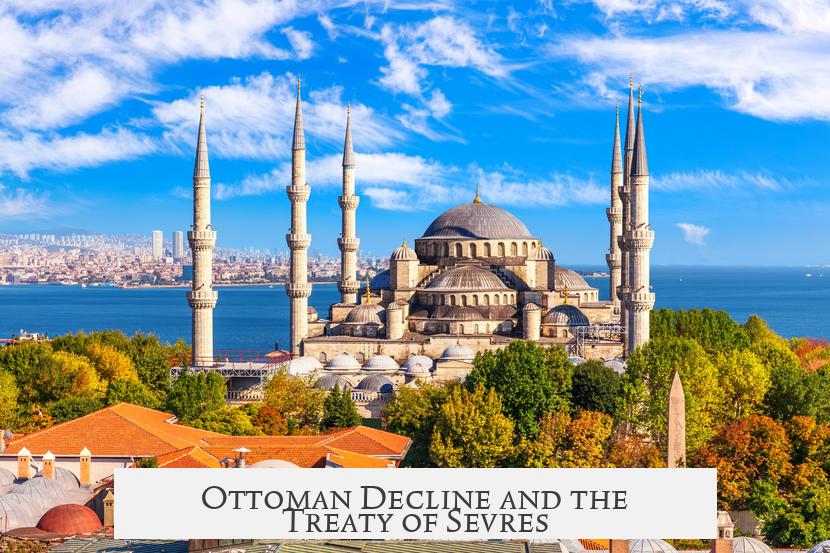
After World War I, European powers drafted the Treaty of Sevres, which aimed to slice the Ottoman Empire into pieces.
- Greece got chunks of western Turkey.
- Istanbul and the key naval passages—Bosporus and Dardanelles—were slated to become international zones.
- Britain and France carved up the Middle East, using agreements like Sykes-Picot to secure influence.
- Italy was given large parts of mainland Turkey to expand in the Aegean region.
This treaty essentially tried to neuter the Ottomans, keeping Istanbul out of Turkish control. It was like a hostile takeover of the empire’s most prized jewel. The people in Istanbul and beyond were not consulted—a classic case of great powers playing Risk with real lives.
The Rise of Atatürk and Ankara’s Choice
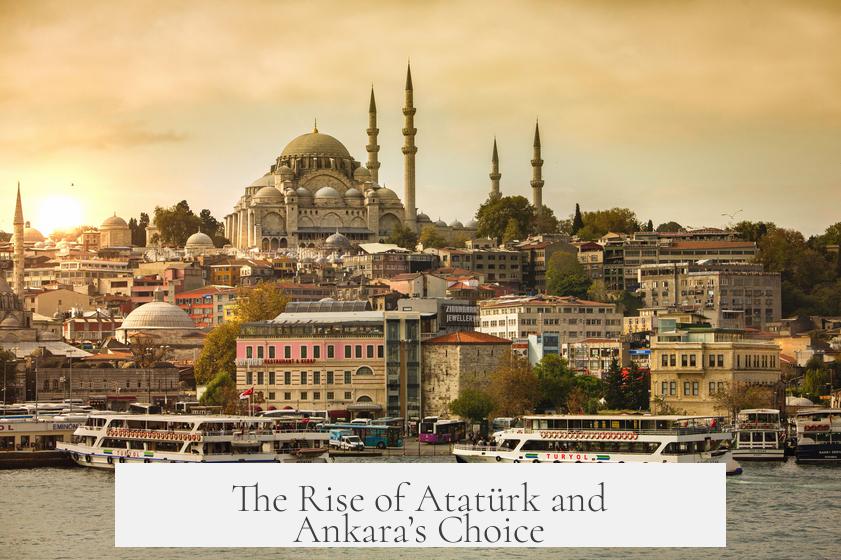
Enter Mustafa Kemal Atatürk, the man who would become the father of modern Turkey. He had a bold vision—not just to win a war, but to create a new nation.
Atatürk initially worked out of Erzurum in the east, but he moved the Turkish nationalist government to Ankara. Why? Location, location, location—and security.
Between 1918 and 1923, Istanbul was under allied occupation, mainly by the UK and Italy. It was a precarious situation. Seating the government in Istanbul would have risked it becoming a pawn in bigger international games, or even falling to Greece during hostilities. Ankara was safer, more central, and thus better able to unite and govern the fractured country. It was the perfect spot to nurture the Turkish National Assembly.
The Ankara-Istanbul Tug of War: Symbolism Matters
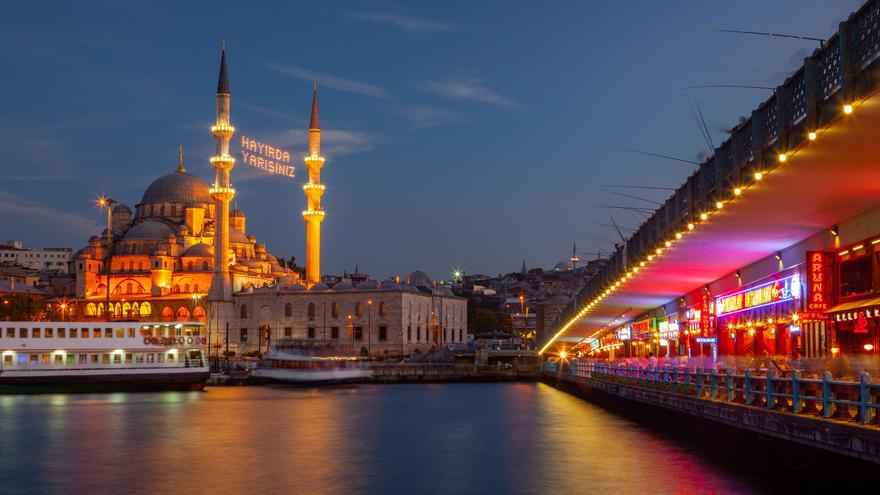
Even after the Treaty of Lausanne in 1923—the treaty that nullified Sevres and officially recognized Turkey’s sovereignty—Ankara remained the capital.
Why not move back to Istanbul? After all, it’s the biggest city and the country’s economic hub.
Istanbul’s population had fallen to about 500,000 by 1924, far less than its peak as a bustling empire capital with over a million residents decades earlier.
More than numbers, the choice was symbolic. Istanbul, with its Ottoman past, represented an old regime. Ankara was the new kid on the block, representing the newly founded Turkish Republic. Atatürk and his followers wanted to break with the empire’s legacy and build a modern, secular nation freed from foreign occupation and influence.
The capital’s location in Ankara was a *statement*. A message: Turkey was no longer Ottoman; it was a fresh republic on the move.
Lessons From This Capital Shift
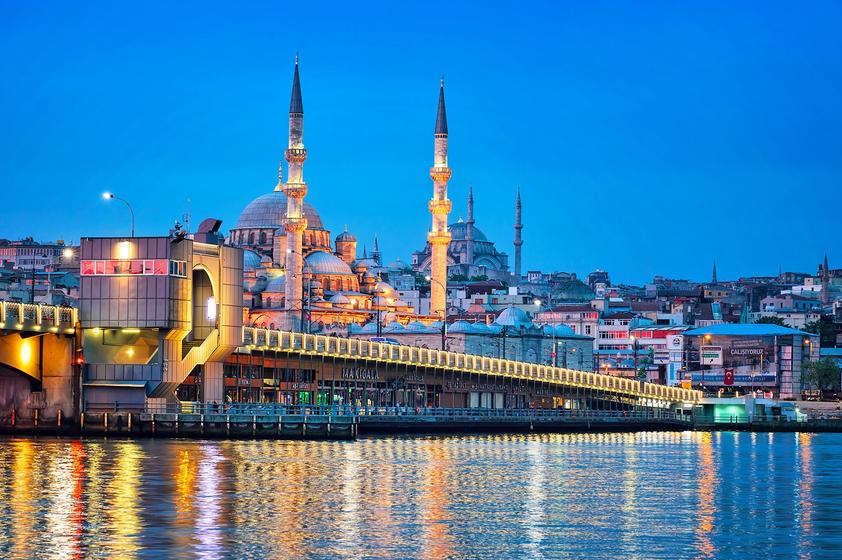
Changing a capital is not just administrative; it’s political and psychological.
Choosing Ankara allowed Atatürk to keep his government away from foreign pressures and set up a national identity distinct from Istanbul’s complicated legacy of empire and occupation. It centralized power geographically and symbolically during a fragile time.
It’s a reminder that capitals aren’t always about size or fame. Sometimes, safety and symbolism win out. Ankara’s rise reflects a country’s rebirth.
Could Istanbul Have Been the Capital Today?
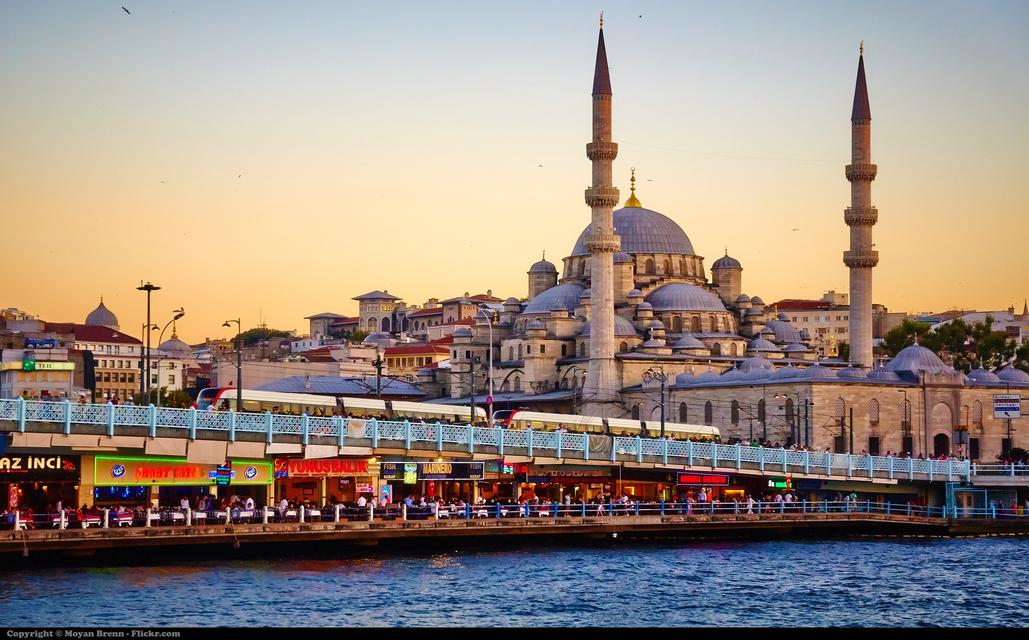
The economic and cultural dominance of Istanbul is massive—even today, it’s Turkey’s bustling financial and cultural center. Still, the capital stays in Ankara.
Would restoring Istanbul as the capital solve any problems now? Probably not. The government, ministries, and institutions are deeply rooted in Ankara. Moving them back would add unnecessary chaos and expense.
Plus, Turkish identity today embraces both cities. Istanbul remains a symbol of history and diversity. Ankara embodies governance and modern republican values. Both cities complement each other in Turkey’s narrative.
Final Thoughts
Why isn’t Istanbul the capital of Turkey? Because history forced a new beginning.
Atatürk’s choice of Ankara was a masterstroke of practical politics and symbolism, ensuring Turkey’s government stayed safe and independent while paving the way for a new, modern nation.
Next time you hear someone ask about Istanbul’s capital status, you can dive into centuries of history, treaties, population shifts, and bold decisions. Capitals reflect more than geography—they reflect identity.
